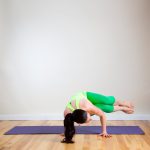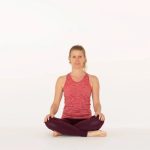Introduction to Bird of Paradise Pose
The Bird of Paradise pose, or Svarga Dvijasana, is a notable yoga asana. This intricate stance requires a fusion of balance, flexibility, and strength. It stands out in yoga practice for its elegance and the physical dexterity it demands. Known for its resemblance to the exotic Bird of Paradise flower, the pose captures the essence of the plant’s beauty and strength.
The journey into Bird of Paradise pose is as much about mental resilience as it is about physical capability. The challenge of maintaining this pose encourages a steady mind and a focused gaze. As you practice, this asana promotes a deep connection between body and mind, enhancing overall well-being.
Embarking on the Bird of Paradise pose begins with understanding the basics and gradually building the necessary skills. This guide is designed to outline those steps, offering insights into the physical and mental benefits of the pose, preparatory asanas, and practical tips for mastery. Whether you are a beginner or an experienced yogi, the insights shared here aim to support your journey toward achieving this majestic pose.
The Physical and Mental Benefits
The Bird of Paradise yoga pose offers both physical and mental benefits. Physically, it is a powerful pose that strengthens and stretches your body. Mentally, it requires focus and can reduce stress. Here’s a closer look at these benefits:
- Improves Balance: Practicing this pose helps develop your sense of balance. Standing on one leg trains your body to find stability.
- Enhances Flexibility: The Bird of Paradise stretches your hamstrings, groin, and shoulders. This increases your overall flexibility.
- Strengthens Muscles: Your core, legs, and arms all engage during this pose. This builds muscle strength in these areas.
- Boosts Concentration: A focused mind is key for maintaining balance. This pose challenges you to concentrate, sharpening your mental focus.
- Reduces Stress: Holding the pose takes attention. This can help clear your mind of stress and bring about calm.
- Encourages Posture: This asana opens your chest and shoulders. This expansion encourages better posture and breathing.
- Increases Energy: Engaging in this challenging pose can leave you feeling energized. It can also fight fatigue when practiced regularly.
- Builds Confidence: Achieving this pose can give you a sense of accomplishment. This boost in confidence can extend beyond your yoga practice.
In summary, the Bird of Paradise yoga pose is a holistic practice. It works on your body and mind together. This can lead to better health and well-being. It is important to approach this pose with patience and to listen to your body’s needs.
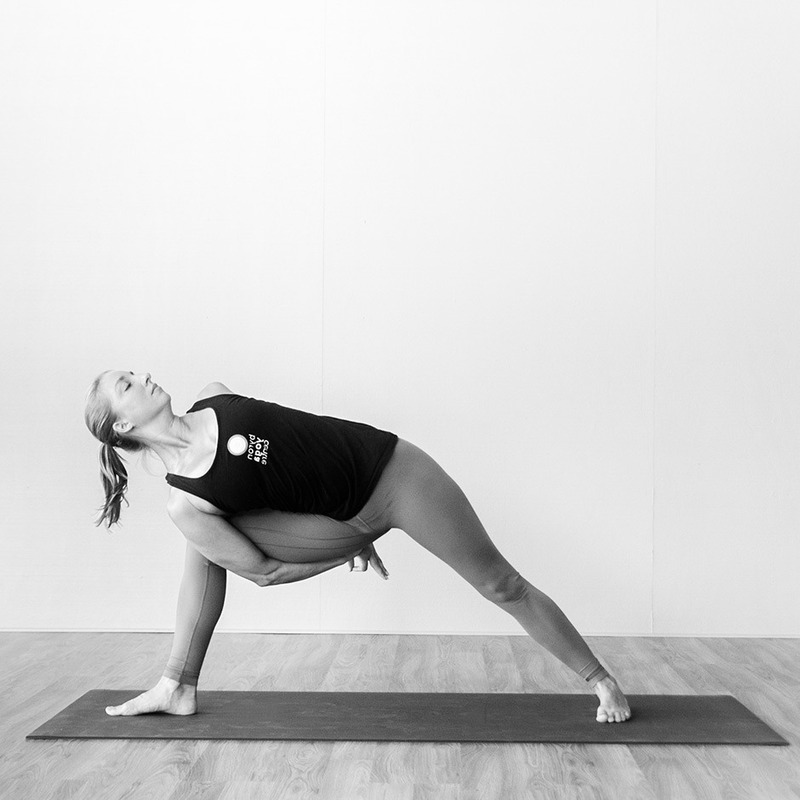
Preparatory Poses for Bird of Paradise
Before attempting the Bird of Paradise yoga pose, warming up is essential. Preparatory poses help increase flexibility and stability, making the main pose more accessible. Below are key poses to practice:
- Extended Triangle Pose (Utthita Trikonasana): This pose stretches your legs, spine, and opens the chest, preparing you for balance.
- Warrior II (Virabhadrasana II): It strengthens your legs and opens up the hips, building a solid foundation for balance.
- Extended Side Angle Pose (Utthita Parsvakonasana): This asana opens your hips and stretches the side body, which is crucial for the Bird of Paradise.
- Bound Side Angle Pose (Baddha Parsvakonasana): By practicing arm binds, you improve shoulder flexibility, an important aspect of the Bird of Paradise.
Beginners should spend time on these poses during their sessions. Gradually, you can improve your capacity to enter the Bird of Paradise pose with ease. Remember, patience is key, and rushing can lead to injury. It’s best to practice under the guidance of an experienced instructor, especially when trying advanced poses. As you progress, these preparatory poses will not only help with the Bird of Paradise but enhance your overall flexibility and balance in your yoga practice.
Step-by-Step Guide to Entering the Pose
Entering the Bird of Paradise yoga pose involves a series of steps. Let’s break down these steps to help you safely get into this challenging asana.
- Begin in Extended Side Angle Pose (Utthita Parsvakonasana) with your left leg bent and your left arm reaching toward the floor. Your right arm should be reaching up, creating a strong line with your body.
- Bend your right elbow and reach your arm behind your back. With your left hand, reach between your legs and clasp your hands or use a strap if you can’t reach.
- Shift your gaze to a fixed point on the floor — your drishti point. This will help with balance as you move forward.
- Transfer your weight to your left foot, preparing to stand on one leg.
- Press firmly into your left foot, begin to straighten your left leg, and rise to a standing position. Keep your bound arms as is.
- Once standing, work on lifting your right leg. If your muscles are ready, straighten the right leg while keeping it hooked over your right arm.
- Aim for evenness in the torso and hips. Keep your chest open and your spine long as you extend upwards.
- Hold the pose for several breaths. Keep your focus and breathe deeply to maintain your balance.
- To exit, slowly lower your raised leg back into a lunge and release the bind of your arms.
- Repeat the steps on the other side to ensure balanced practice.
Take your time with each phase, and don’t rush the process. Patience is crucial in achieving the full expression of the Bird of Paradise yoga pose.
Tips for Improving Balance and Flexibility
When working towards the Bird of Paradise pose, balance and flexibility are key elements. Use these tips to enhance both:
- Practice Regularly: Consistency is vital. Practice balance and stretching exercises daily.
- Focus on Strength: Strong muscles support balance. Include core and leg strengthening in your routine.
- Start with Simple Balances: Master easier balance poses, like Tree Pose, before attempting Bird of Paradise.
- Use Drishti: Find a fixed point to gaze at. This helps maintain concentration.
- Gradual Stretches: Begin stretching slowly. Increase the intensity as your muscles warm up.
- Yoga Strap: Use a strap for stretches. It helps extend your reach and improve flexibility.
- Be Patient: Gains in balance and flexibility take time. Don?t rush the process.
- Stay Relaxed: Tension hinders balance. Keep your breathing even and body relaxed.
- Warm-Up Thoroughly: Warm muscles balance and stretch better. Always start with a proper warm-up.
- Mindfulness: Stay aware of your body’s limits. Do not push into pain or discomfort.
Incorporating these tips can progressively refine your Bird of Paradise yoga pose. With dedication and mindfulness, balance and flexibility will improve, making the pose more attainable and enjoyable.
Common Mistakes and How to Avoid Them
When learning the Bird of Paradise yoga pose, there are common mistakes that can hinder progress. Here’s how to avoid them:
- Rushing the Process: Take your time. Rushing can lead to improper form and injury.
- Neglecting Warm-Up: Always warm up. Skipping this can cause muscle strains and reduce flexibility.
- Overstraining: Listen to your body. Don’t push into pain. It’s okay to take it slow.
- Skipping Prep Poses: Do preparatory poses. They build necessary strength and flexibility.
- Ignoring Alignment: Pay attention to body alignment. Misalignment can compromise the pose and cause injury.
- Forcing the Bind: Use a strap if needed. Forcing a bind without enough shoulder flexibility can hurt you.
- Lack of Focus: Stay concentrated. A wandering mind can make balancing difficult. Find a drishti point.
- Inconsistent Practice: Practice often. Sporadic practice won’t help improve balance and flexibility.
By avoiding these mistakes, you can make safe and steady progress in your Bird of Paradise. Remember, it’s about the journey, not just the destination.
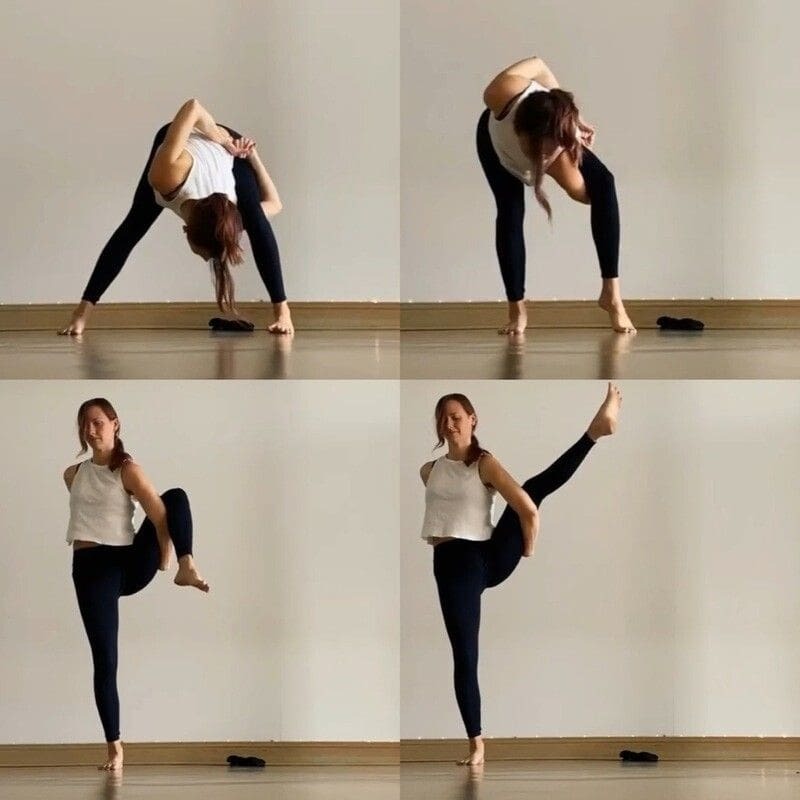
Using Props to Aid Your Practice
Utilizing props can greatly enhance your Bird of Paradise yoga pose practice, especially if you’re working on your flexibility or balance. Props are not just for beginners; they can help yogis at all levels get deeper into poses, maintain proper alignment, and prevent injury. Here are some props that can support you in mastering the Bird of Paradise pose:
- Yoga Straps: If reaching for your clasped hands proves difficult, a strap can extend your grasp. This lessens strain and encourages proper posture.
- Yoga Blocks: Place a block under the hand in Extended Side Angle Pose for support. It brings the ground closer and helps maintain balance.
- Yoga Blankets: Use a folded blanket under your standing foot for extra cushioning and stability. It can also help in preventing slips.
- Wall Support: Practice the pose with your back near a wall. It can provide a sense of security as you work on your balance.
- Chair: A chair can aide in balance as you practice stepping into the pose. Hold onto the backrest as you lift your bound leg.
Props not only assist in performing the pose but also in holding it for longer, which can help improve strength and endurance. Experiment with different props to find what works best for you. Keep in mind that using props is not a sign of weakness but rather a smart way to enhance your practice.
Variations of Bird of Paradise for All Levels
Bird of Paradise yoga pose has variations suitable for all levels. Beginners can modify the pose to ease into the practice. Here are some variations:
Beginner Version
Start with a simplified version of the pose. Use a yoga strap for the arm bind. Maintain a slight bend in the standing knee. Focus on balance and gradually increase leg extension.
Intermediate Modification
Work on the half-bound version. Keep the raised leg bent at the knee. Practice balance and build strength without fully extending the lifted leg.
Advanced Expression
Once comfortable, fully extend the raised leg. Hold the pose longer, up to ten breaths. Challenge your balance by looking up towards the sky.
Each variation trains your body to adapt to the pose’s demands. Start where you’re comfortable and progress naturally. Balance, flexibility, and patience are key to mastering Bird of Paradise in all its forms.
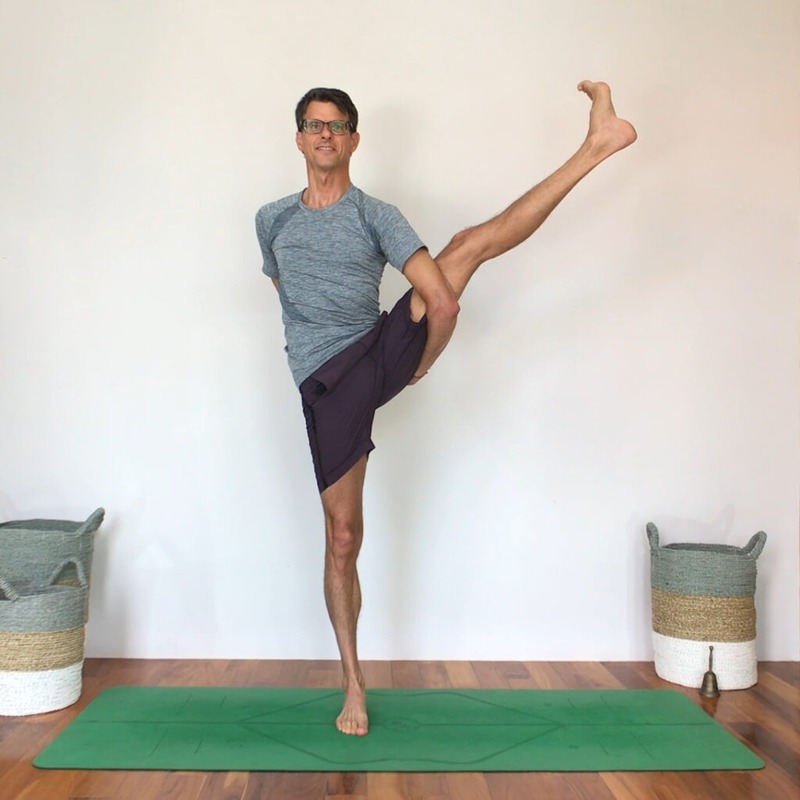
Safely Exiting the Pose
Exiting the Bird of Paradise yoga pose safely is as crucial as entering it. Here’s a step-by-step approach to dismount the posture without harm:
- Begin by focusing on your breathing. Slowly and steadily exhale.
- Look at your drishti point to maintain balance as you prepare to exit.
- Gently lower the extended leg, bending the knee as you return to a lunge.
- Release the bind of your arms with care. Always be mindful not to rush.
- Step back into a neutral standing position like Mountain Pose.
- Take a moment to breathe deeply. Feel any sensations in your body.
- Switch sides to balance. Repeat the pose sequence for the opposite leg.
- End with resting poses like Child’s Pose to relax muscles after intense work.
Remember, smooth transitions protect your muscles and joints. Patience is essential. Never force your body to move faster than it’s ready to. Exiting the pose with awareness helps integrate the benefits of your practice and minimizes risks of injuries.
Incorporating Bird of Paradise into Your Yoga Sequence
Adding the Bird of Paradise yoga pose to your routine enhances balance and flexibility. Here’s how to integrate it smoothly:
- Begin with Warm-up Poses: Always start with poses that prepare your muscles and joints. Include the recommended preparatory poses like Extended Triangle Pose and Warrior II.
- Mid-Sequence Inclusion: Place the Bird of Paradise pose in the middle of your sequence. By this time, your body is warmed up and more pliable, making the pose achievable.
- Use It as a Peak Pose: Treat Bird of Paradise as a peak pose. Build up to it with progressively challenging poses. Then, use it to push your limits.
- Follow with Counterposes: After the intensity of Bird of Paradise, counter with gentler, restorative poses. Seated forward bends or a simple Child’s Pose work well.
- Practice Regularly: Include the Bird of Paradise pose consistently in your yoga practice. Regular repetition will help you gain the required strength and flexibility over time.
- End with Relaxation: Always conclude your session with relaxation poses like Corpse Pose to allow your body to assimilate the benefits of the practice.
Remember to listen to your body and use props as needed. Progress at your own pace, and enjoy the journey towards mastering the Bird of Paradise yoga pose.

